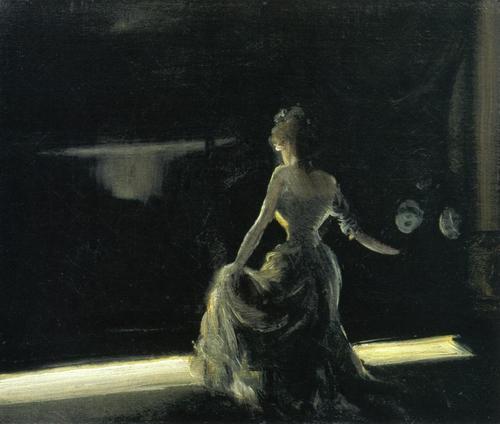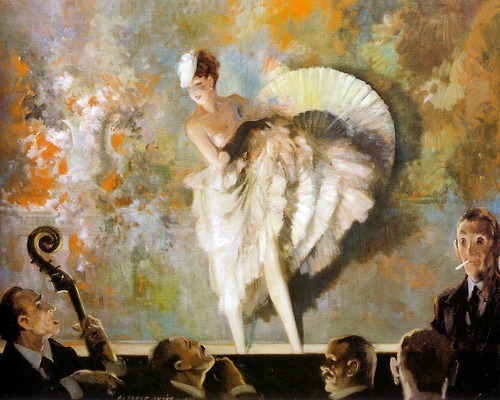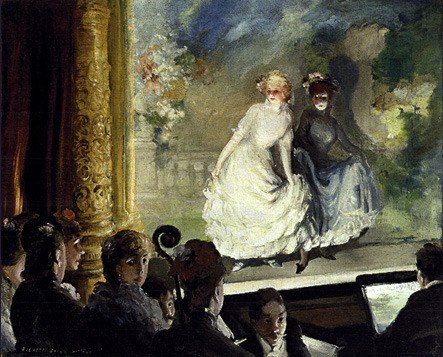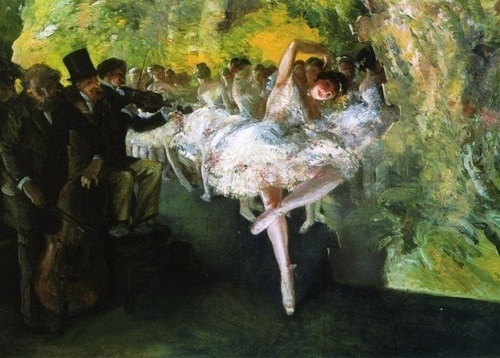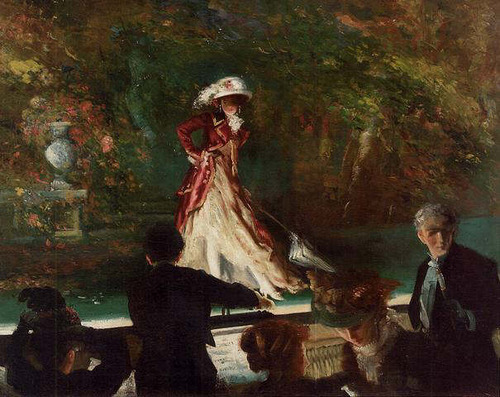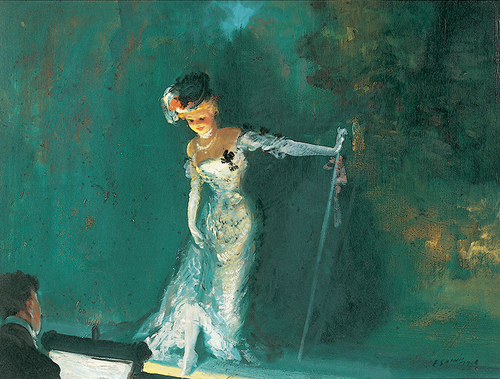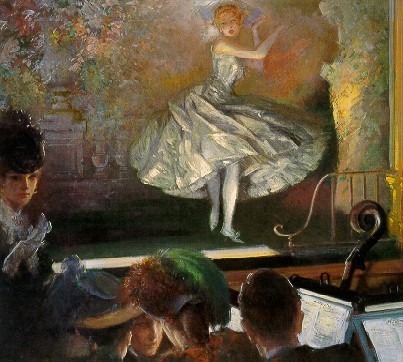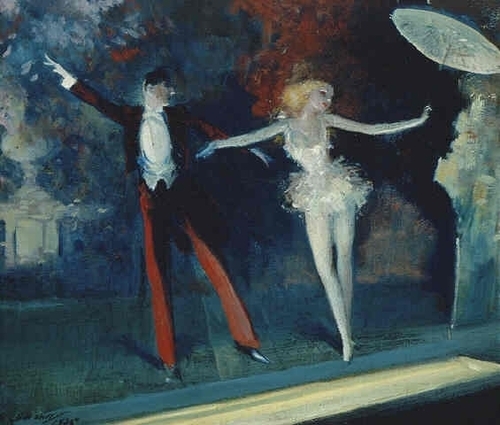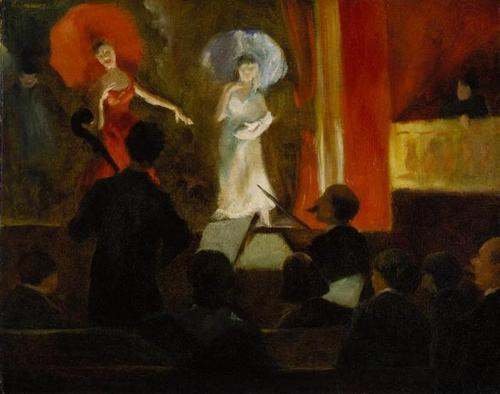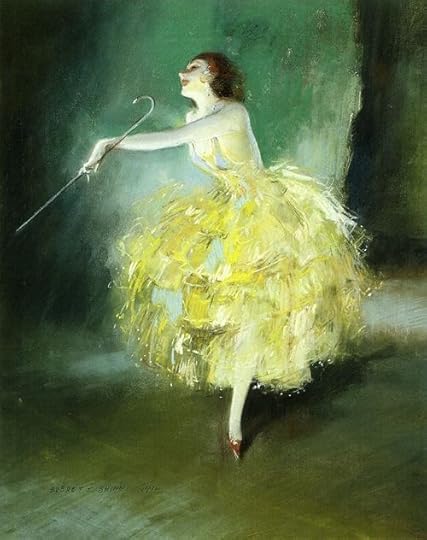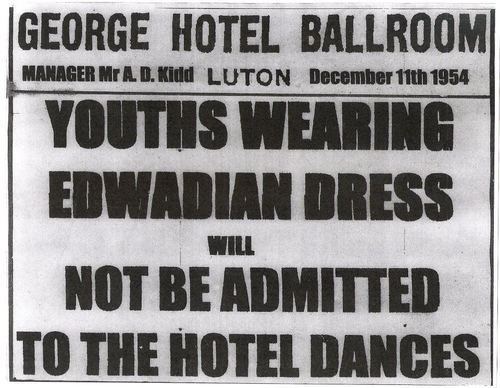G.D. Falksen's Blog, page 961
December 7, 2013
Inside The Red House in Monschau, Germany (by Makepictures).
Travelling holdall from Peterson’s Magazine, January 1888.
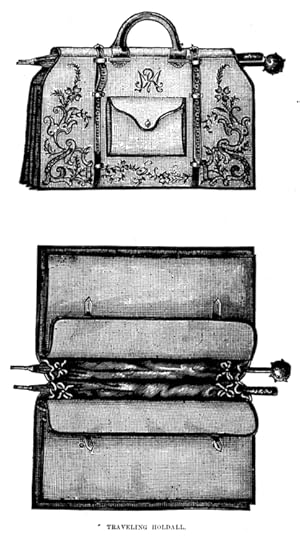
Travelling holdall from Peterson’s Magazine, January 1888.
December 6, 2013
A Bible from 1603.
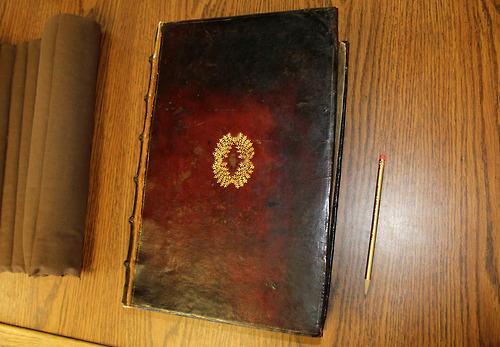
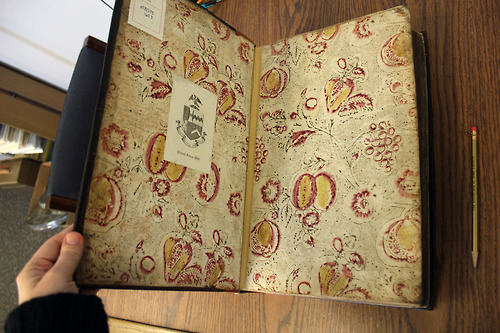
Gorgeous paste paper. The pink has been stamped.
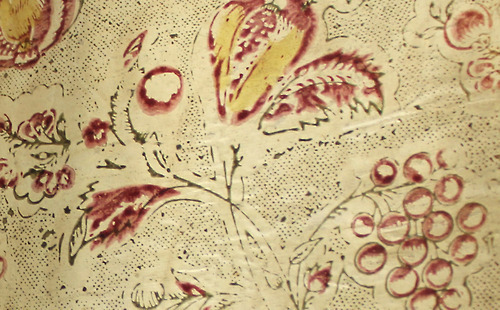
Gorgeous paste paper. The pink has been stamped.
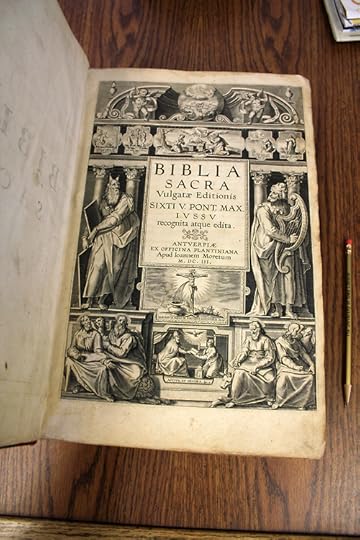
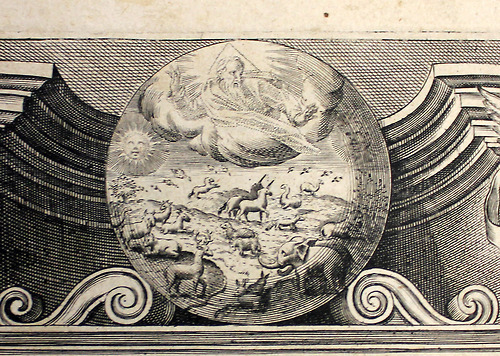
A glove to find your way in 19th-century London
It is a glove...
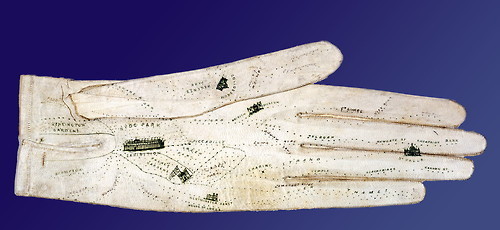
A glove to find your way in 19th-century London
It is a glove that was purchased in 1851 as a tourist souvenir at London’s Great Exhibition, which was attended by a variety of famous individuals, from Charles Darwin to Charlotte Brontë. The leather glove is special because it contains a map that shows the routes to Crystal Palace in Hyde Park, which was the main staging area for the exhibition. It appears to be made for a child, perhaps in case he lost his parents in the crowds. The glove is one of a variety of maps that was produced for the many visitors to the city. Another is this wonderful folding specimen printed on silk, which shows a great amount of detail (check out the enlargements). London in the palm of your hand: a functional memento from the time that the tourist industry was beginning to boom.
Pic: Kew, The National Archives, EXT 11/159 (c. 1851). This the source of the image; here and here is more information on the glove (the latter webpage, from the archive that keeps the artifact, suggests it was a kid’s glove). The glove features on various blogs, such as this one; I saw it in this tweet today.
Sneak peek at some of the art for my upcoming book “A Cautionary...
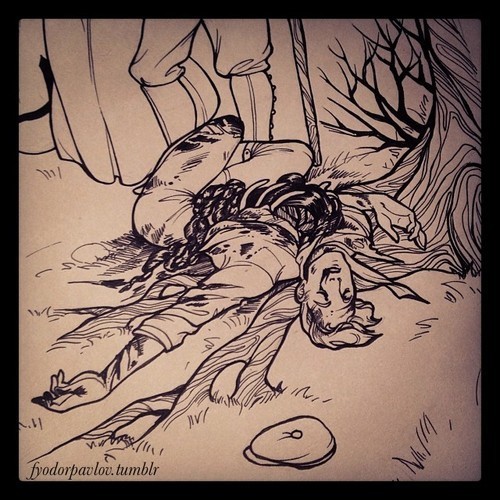
Sneak peek at some of the art for my upcoming book “A Cautionary Tale For Young Vampires -The Ouroboros Cycle, Book Two.” by the wonderful and fantastic Fyodor Pavlov.You can buy prints of some of his other great art work here Society6 shop,
"Chapter 15 WIP for The Ouroboros Cycle. Shit just got real.”-fyodorpavlov
Hotel sign from Luton in 1954 (from The Edwardian Teddy Boy)
Vikings and Native Americans
By Heather Pringle Photograph by...
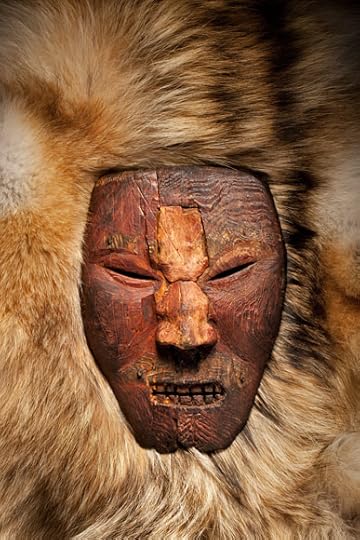
By Heather Pringle Photograph by David Coventry
Something about the strange strands didn’t fit. Patricia Sutherland spotted it right away: the weird fuzziness of them, so soft to the touch.
The strands of cordage came from an abandoned settlement at the northern tip of Canada’s Baffin Island, far above the Arctic Circle and north of Hudson Bay. There indigenous hunters had warmed themselves by seal-oil lamps some 700 years ago. In the 1980s a Roman Catholic missionary had also puzzled over the soft strands after digging hundreds of delicate objects from the same ruins. Made of short hairs plucked from the pelt of an arctic hare, the cordage bore little resemblance to the sinew that Arctic hunters twisted into string. How did it come to be here? The answer eluded the old priest, so he boxed up the strands with the rest of his finds and delivered them to the Canadian Museum of Civilization in Gatineau, Quebec.
Years passed. Then one day in 1999 Sutherland, an Arctic archaeologist at the museum, slipped the strands under a microscope and saw that someone had spun the short hairs into soft yarn. The prehistoric people of Baffin Island, however, were neither spinners nor weavers; they stitched their clothing from skins and furs. So where could this spun yarn have come from? Sutherland had an inkling. Years earlier, while helping to excavate a Viking farmhouse in Greenland, she had seen colleagues dig bits of similar yarn from the floor of a weaving room. She promptly got on the phone to an archaeologist in Denmark. Weeks later an expert on Viking textiles informed her that the Canadian strands were dead ringers for yarn made by Norse women in Greenland. “That stopped me in my tracks,” Sutherland recalls.



